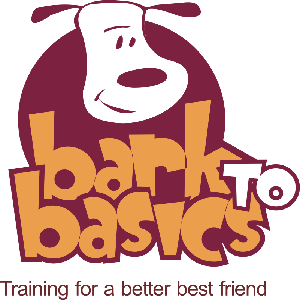
Separation Anxiety Training

- Ensure your dog gets adequate, daily exercise, preferably before you leave.
- Keep coming and going low key. Do not acknowledge your dog until he is calm when you return, and ignore for 10 minutes before you leave.
- Start to work on controlled leaving. Start at the very first step your dog experiences stress related to you leaving, for example picking up your keys.
- Several times per day work on the leaving technique, starting with picking up your keys, putting on shoes etc and walking to the door, then putting them down and going about your business without leaving.
- Gradually increase the steps until you are going out the door for a few seconds. When your dog is calm progress to longer times away.
- Always leave your dog with a high value chew or treat toy when you are leaving (or practicing). Take the item away when you return.
- Try leaving a radio or TV on for your dog.
- Experiment with leaving your dog in different locations. For example, some dogs do better when crated or confined to a small room while others do worse with confinement. Always test different locations for short periods of time until you know how your dog will react.
- If possible, leave your dog with a friend or take to daycare if you need to leave for longer periods then you have worked up to in training.
- Some dogs with separation anxiety do best with another animal companion, however, this is not a guarantee.
- Thundershirts and natural calming supplements or pheromone collars are helpful for some dogs.
- Please note, it is normal for recently rehomed dogs to go through an adjustment period where they may experience higher than normal anxiety. In many cases this anxiety subsides over the course of several weeks.
